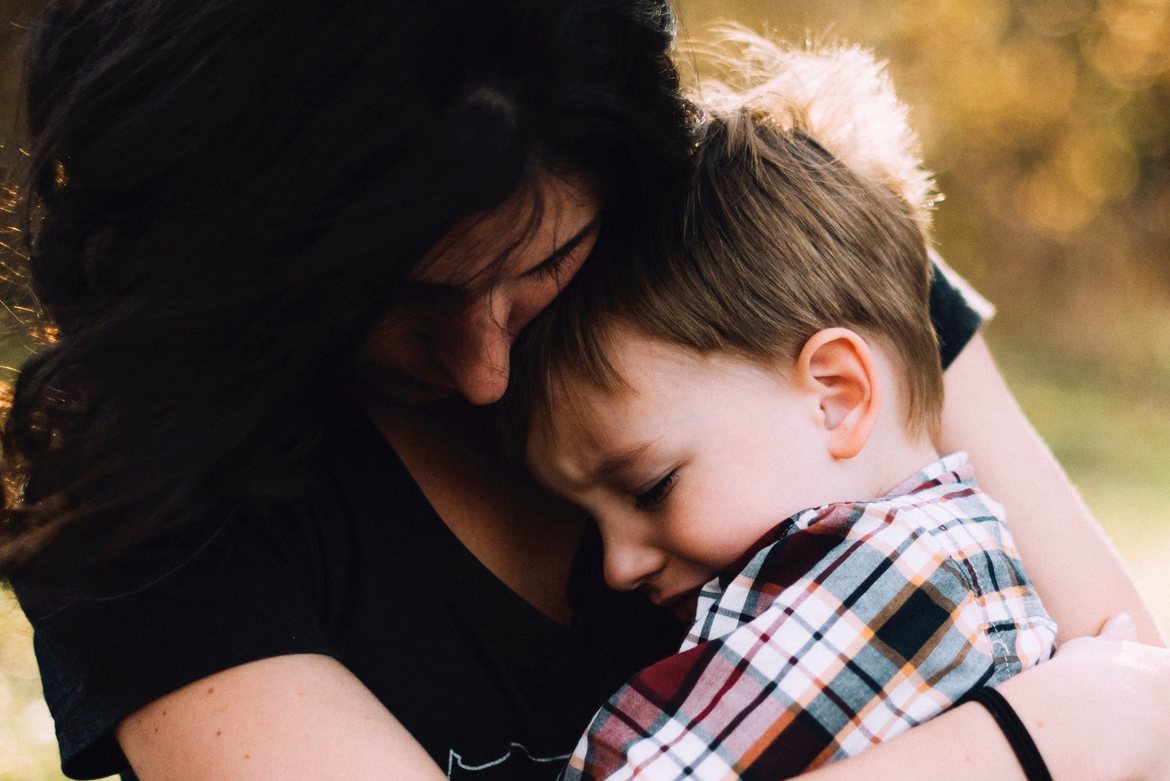By Dr. Laura Markham
“I had just read Dr. Laura’s blog about staying calm and acknowledging his desires. When the screaming and stomping began, I stopped what I was doing and sat down next to my three-year-old. I made eye contact, listened to his complaint and did not let the screaming anger me; I then calmly explained that I hear him. I know cheesy poofs are so tasty and I love them too but he will have to wait half an hour until dinnertime. He blubbered briefly, collapsed into my arms for a minute and then went to play with his toys. My husband congratulated me on keeping my cool. The best part? He was perfectly pleasant the rest of the evening. Wow!” - Aimee
When parents begin using gentle guidance, they’re often amazed by how well empathy “works” to calm their child. For most people, including children, just having our views and feelings acknowledged makes us feel better, so we’re more cooperative. So once parents get past their fear of “agreeing” with their child’s “negative emotions” — empathy doesn’t mean you agree — they quickly learn to empathise when their child is having a hard time:
- “Nothing’s going right for you today, huh?”
- “You wish you could have ice cream now, I hear you.”
- “I see how mad you are!”
But empathy isn’t a trick to control the other person. It’s a means of connection, and of helping our child process emotion.
So when empathy doesn’t “work,” consider whether you’re really connecting, and whether you’re helping your child with her emotions. In fact, empathy is so effective in reconnecting with our upset child and helping her calm down that it takes us by surprise when it “doesn’t work.”
Here are the five problems I hear most often from parents about “using” empathy, and how to solve them.
1. “Empathy makes my child cry harder.”
Yes, when we validate kids’ feelings, the emotions do usually intensify. But we aren’t creating those “bad” feelings. They’re inside your child anyway, driving their behaviour. Think about a time when you had some big feelings locked up inside — maybe something happened that was very upsetting. You were holding it together. Then someone arrived with whom you felt safe, and they hugged you, and you burst into tears.
So it’s true that when kids have big feelings and we empathise, they do get more in touch with their feelings. But that’s a good thing. Because once they feel those emotions, the emotions have delivered their message and they can evaporate. That’s how emotions work.
2. “Empathy doesn’t stop the tantrum.”
Kids escalate when they don’t feel heard. So if your empathy helps your child feel understood, that usually de-escalates a tantrum. But when it doesn’t, there’s a reason.
Your child needs to cry and show you those big emotions before they can heal.
So once your child is tantrumming, simply accept the emotions, and communicate safety so your child can show you all those feelings. The fewer words the better, just enough so she hears your compassion and knows you’re ready with a hug. Empathy won’t stop the tantrum, but it WILL help your child let all those feelings up and out. That’s what’s healing.
3. “I keep repeating ‘You are very sad and frustrated’ but they get mad and tell me not to say it.”
With an angry toddler, you might get down on his level and say “You’re so mad!” in a voice that makes it clear that you understand how passionately he feels. The toddler is often reassured: “My parent doesn’t think it’s an emergency; there’s even a name for this tidal wave that’s swamping me.”
But as kids get older, naming the emotion makes them feel analysed and managed, not understood. Imagine if you were upset and your partner just kept repeating “You are very sad and frustrated!” It would probably make you angrier.











